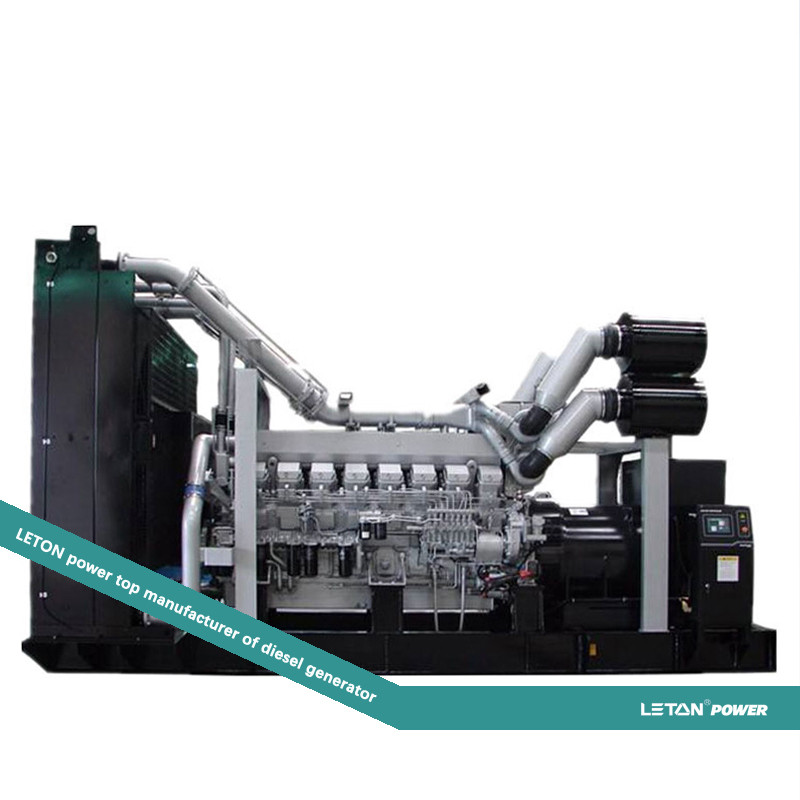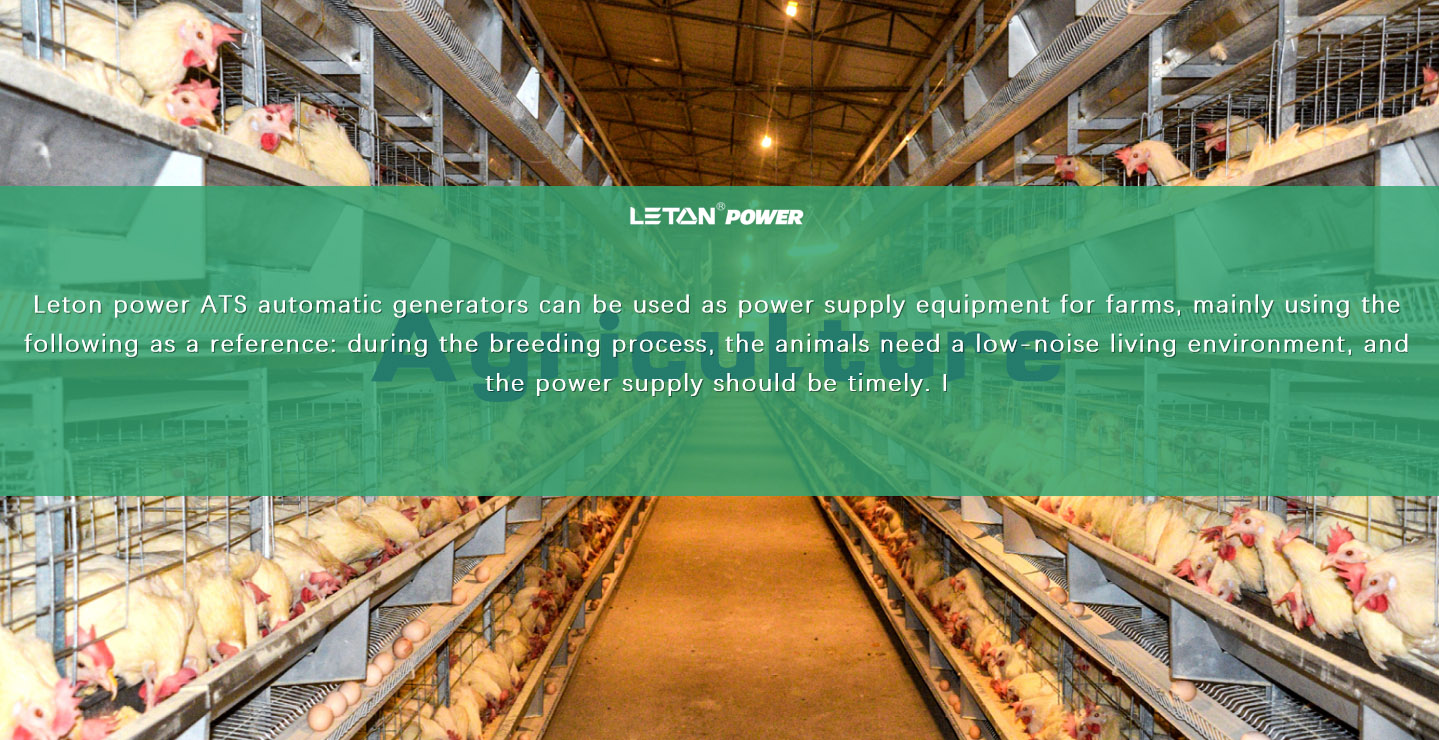Disclaimer 1: Hyliion wanted me to cover their 2023 Investor Day badly enough that they flew me down to Cedar Park outside of Austin, put me up in a nice hotel, and fed me as many pastries (and some good Texas BBQ) as I could push into my face.
Disclaimer 2: I felt awkward asking questions during their Investor Day because I wasn’t an investor. I bought one (1) share at about $1.65 about halfway through a cheese danish, then a second one at about $1.67 so I could ask questions about “my shares.” Quiet Diesel Generator For Rv

“Can you fly to Austin on the 27th?” asked the text from Hyliion’s comms director, Ryann Malone. “We’re having an investor event and we’d love to have you.”
I have enough friends in Austin on two and four wheels that it’s become almost a second home in recent years, and another excuse to visit the Historic Scoot Inn is always welcome. I agreed immediately, even padding the trip with an extra day in Austin.
The flight out of Chicago’s O’Hare International airport was uneventful (which is exactly why you pay extra to fly United), and I arrived in Austin just in time to meet up with my good friend, Tim Hayden, who introduced me to Torchy’s Tacos and their excellent green chile queso.
I pounced upon the spicy cheese dip savagely as we waited for the rest of our order.
“Who are these guys you’re here to see, again?” Tim asked, mostly hiding a look that said, “those were supposed to be for the table.”
“Hyliion,” I said, as I pushed the chips towards the center of the table. “Hyliion takes trucks, like over-the-road semi-type trucks, and converts them to hybrids – but not like, Prius hybrids. More like Chevy Volt hybrids.”
“So it has an electric motor, but it has a gas motor that’s like a generator,” he said.
“Yeah, exactly …,” I began. “But – not exactly.”
Tim gave me a sarcastic look, but didn’t speak.
“The short version is that, yes, it has an internal combustion engine that it uses as a generator – but there’s no connection between the engine and the wheels. It’s just a generator. On the Volt, the engine did have a physical connection to the wheels, if you mapped out all the gears and clutches. Here, there’s none of that.”
“And that’s more efficient,” he offered, settling for a smallish third of the chips.
“Right,” I offered. “You keep the engine at its most efficient RPM, and it generates consistent electricity. Even with little or no juice in the batteries, it’s enough to power the truck along, so you need fewer batteries, can carry more freight, use less fuel, yadda yadda yadda–”
“So it’s a hybrid truck,” Tim says.
“Yeah, but it’s not,” I said again. “They make the hybrid system, from the generator to the battery packs and the control software and they put it in the truck. That’s great, but it’s not news. No one cares. The slick part is that the generator doesn’t have to be a big diesel truck engine. It can be anything. It can be a gas engine, a natural gas engine, a hydrogen fuel cell, even a turbine.”
The talk turned to Chrysler’s turbine-powered concept cars and the unique ways that turbine engines — and Wankel rotaries, for that matter — could be effectively put to use as generators of range-extended EVs. We made it all the way to the great Parnelli Jones and his epic, turbine-powered tilt at the 1967 Indianapolis 500, where his Wallis-penned STP-Paxton Turbocar led nearly the entire race, before retiring with transmission problems just four laps from the finish line.
“It was a total conspiracy!” I said, on a rant now. “They couldn’t just let Granatelli blow the doors off of Ford and Chevy and Offenhauser like that – the UAW would have buried Rufus next to Jimmy Hoffa, and USAC would have loaned them the shovels!”
Tim’s been through enough of these rants to know when to tune me out, but nodded along politely, anyway.
“Investor days are strange,” said Tim, bringing us back to Hyliion and the reason for my trip. “It’s all theater.”
I thought about this, and admitted that he was right. I never go to these things, and only really made this trip for two reasons. The first was Austin, itself, and the chance to eat an exotic brand of Tex-Mex that somehow eluded Chicago’s food scene. The second was KARNO.
First proposed by French physicist Sadi Carnot in 1824, the “Carnot Cycle” is described as an ideal thermal engine – a theoretical, thermodynamic heat engine that can run on any fuel and that’s described as the most efficient heat engine possible. And, for the last two hundred years, it’s remained just that: theoretical.
That is, until GE bought a bunch of additive laser printers and hired some brilliant engineers and started pumping untold millions into chasing Carnot’s dream of a nearly perfect external combustion engine before convincing themselves it was too weird to live, and selling it (under the name, “KARNO”) for $37 million and a $22 million stake in Hyliion … but Hyliion CEO Tom Healey is a believer, and his team have put GE’s baby to work as a generator in their “generator agnostic” hybrid trucks.
And, as I said when I first saw a 3D-printed slice of the KARNO piston engine at ACT earlier this year, it’s the nuts.
“The KARNO generator uses heat produced in its reactor to expand the working fluid in a sealed cavity,” reads the official copy. That heat expands the working fluid (in this case, helium), pushing a piston and the magnets attached through it through a magnetic field, creating electric current.
Not just any electric current. Crucially, the KARNO provides enough electric current to deliver the 200 kW needed to make Hyliion’s hybrid-electric tractors do their thing – with significantly lower emissions than a conventional diesel engine, even running on diesel!
At investor day, Healey announced that not only was KARNO fully operational, they’d taken the amount of time to produce key parts down as much as 90% by doubling up on the number of lasers used. Even more impressive, Healey was positioning KARNO to be a new kind of Tesla-killer. But he’s not going after Tesla cars – or even Tesla Semi. Instead, he’s going after the Tesla Powerwall.
The KARNO generator takes up less space than a bike shed in your lawn. And, even using higher-than-average estimates for the costs of diesel or natural gas (just two of the twenty fuels that KARNO has been rated on), it can produce electricity at about $0.09 per kWh. That compares pretty favorably to the national average of $0.23 per kWh – and nearly $0.43 per kWh in Hawaii, which still gets most of its electricity from diesel … all of which seems to beg the question: if you can produce energy at less than half the cost of commercial power, why not just build a bunch of KARNO generators and sell the energy back into the grid?
Healey is into it. “We’re talking to some hospital, municipalities – people who can’t lose power,” he said, after the presentation that these pictures are from. “We think it could be really appealing to microgrids, off grid farmers – ”
“Waste oil,” I interrupted. “Absolutely. You need to talk to the Xendee people. Dianne Martinez, too. Anyone who’s involved in the grid space. Why don’t they have these on submarines? Why don’t they have these on space ships!?”
Healey stays calm. “We’re talking to a lot of different players,” he says. “It’s still early days. We just started building our first ‘Founders’ Series’ production Hyliion Peterbilt today.”
He did. I saw it, myself. It’s one of thirty such trucks that will be built and shipped to customers by the end of 2023.
It’s at this point that I feel I have to comment on the theater and “showbiz” aspect of Hyliion’s investor day. All investor events are theater, of course. They exist to show off progress, give people a look into the company they’re funding and all that – but Hyliion’s marketing team has raised the practice to an art form, building the lore of the big Hypertruck KARNO concept truck the way theme parks build you up to ride a dragon-themed coaster.
If you told me Hyliion had hired its marketing team straight out of the Disney Imagineering corps., I’d believe you – just look at the placement of those green brackets (above). Everything just so, with labels above the workstations like “Machine Shop” and “Battery Assembly” that do nothing to inform the workers who are there every day, but give a real sense of Things that are Happening. Things that cost Money.
That’s not to say Hyliion is all act and no action. Far from it. They have a legitimate product that delivers real benefits without sacrificing the range advantages of diesel. In fact, on the same run, they’ll burn less diesel than a diesel-only rig (think “Prius” vs. “Corolla” and you’re there). They’ll also allow a driver to “hotel” in his cab for the required 34 hours – with full AC, electricity, and more – all without idling the diesel engine.
That is a seriously big deal.
As for the Hypertruck KARNO, I got to ride in it. It was quiet, smooth, and (for a semi) decently quick. Granted, it’s been over a decade since I last rode in an R+L cab and longer, still, since I drove a medium-duty International across most of the Southern states – but the Hyliion was unquestionably smoother, quieter, and faster than those. In fact, it felt not unlike the Nikola Tre BEV I took around the parking lot in Long Beach last year … if a bit more “normal” than the Euro-spec Tre.
And that, dear friends, might be the most theatrical and dramatic thing about Hyliion’s Hypertruck: how absolutely normal it seems from behind the wheel.

Diesel Generators 5 Kw This is a truck for truckers, in other words. If you like your Peterbilt, you’ll love it once Hyliion’s done with it – and that might be an easier pill for fleets to swallow than a “pure” BEV.